When talking about wearable devices and flexible PCBs we are not only talking about devices which will be used only in public health or sport activities fields. There is another perspective we should be aware of and it is, obviously, the consumer side.
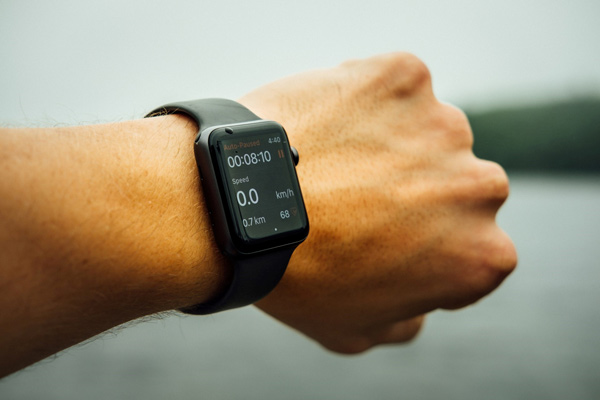
In recent past we saw the rise of many portable and wearable devices like smartphones, smartwatches, smart wristbands and much more. The economic importance of these devices must not be ignored, they alone represent a big slice of today’s consumer technology market.
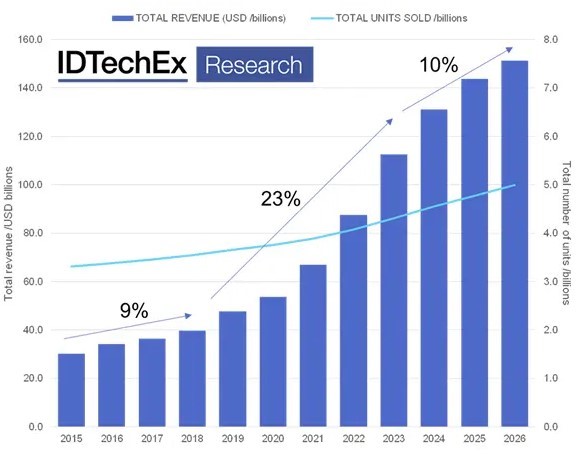 A research by IDTechEx revealed that this grow is constant. In 2020 it is expected to increase its value by 23%, and in time for 2026 it should reach another 10% more, growing to a $150 billions market. This is only one of the reasons why future of these devices must be kept in close consideration when trying to catch new market opportunities. According to Business Insider Intelligence research, the total installed base of fitness tracker and health-based wearables (in the US) will grow at an annualized rate of 10% to surpass 120 million by 2023.
A research by IDTechEx revealed that this grow is constant. In 2020 it is expected to increase its value by 23%, and in time for 2026 it should reach another 10% more, growing to a $150 billions market. This is only one of the reasons why future of these devices must be kept in close consideration when trying to catch new market opportunities. According to Business Insider Intelligence research, the total installed base of fitness tracker and health-based wearables (in the US) will grow at an annualized rate of 10% to surpass 120 million by 2023.
As our lives become more and more intertwined with hi-tech devices, we are hungry for more of them. It’s totally normal: we want our life made easier by technology, we want to be awakened by our smartwatch, advised on what to cook or buy by Alexa’s or Google’s home companions, and more than everything else we want wearable devices to keep traced our psychophysics situation. This is one of the main fields or R&D in the SINTEC Project framework.
Today there are already a lot of experiments on wearable devices, some funnier than others. For example, it has been developed a smart bra capable of tracing heartbeat rate.
Medical devices can be cumbersome and annoying. We transformed a typical medical device into everyday medical-grade garments that women will actually want to wear.” Alicia Chong Rodriguez, founder and CEO of early-stage startup, Bloomer Tech

Another fresh news regards Singapore and the spread of COVID-19. A wearable device for contact tracing will be issued to Singaporeans to help curb the spread of the disease and a similar smartphone application is already running in Italy.
We also discovered much hype around wearables like smart sunglasses and VR/AR headsets; they run almost parallel to the anticipation of commercialized 5G networks and the OEM opportunity that comes with it. While much of today’s wearable devices provide reliable data, the broadband capability of true 5G will transform the industry and its ability to provide exponentially faster and more accurate data. The future of wearable devices is only at its beginning and the future holds much more to discover and transform in a market opportunity as more people recognise the interest in their health a crucial aspect of their life.

Major players in many industries are well underway developing the latest and greatest in wearable tech hoping to capture their share of this bustling market. In addition to the traditional wearables from Apple, for example, fashion and personal care companies like Kate Spade and L’Oréal have introduced a line of designer smartwatches and a stick-on wearable to track your skin’s pH levels. One company has even developed a smart diaper for young parents exemplifying the near limitless applications of wearable technology.
If this article moved your interest, please leave a comment or follow us on our social media.
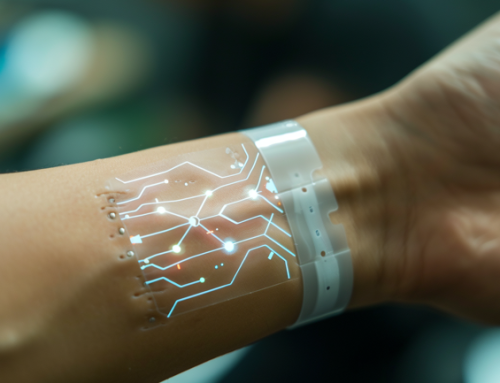


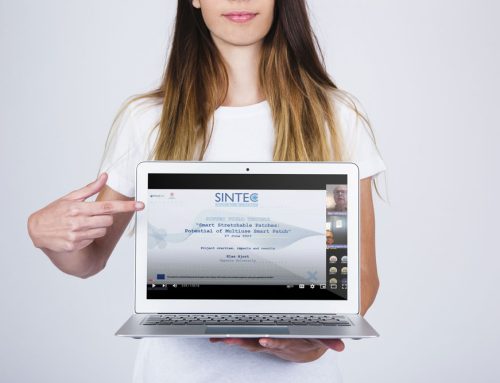



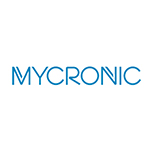
Leave A Comment